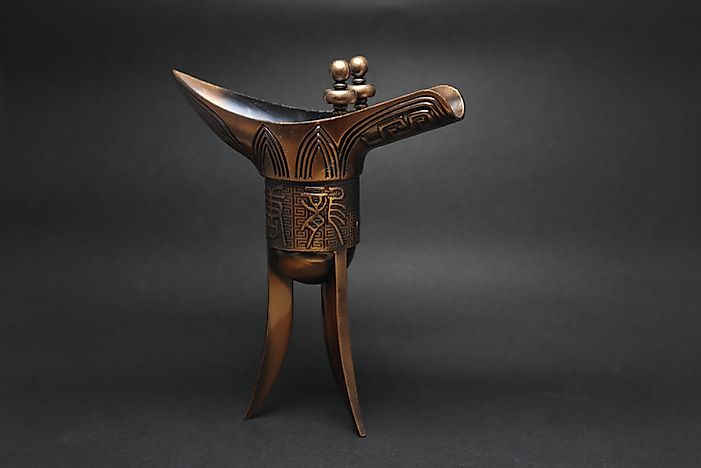

Artifacts are related to the archaeological record by their position defined by the Archaeological context they are discovered in. The 1875-1881 German excavation of Olympia, Greece.Īrtifacts are often called finds when handled during archaeological excavation. Use of artifacts in archaeological analysis Today, votives can be lit candles, or offered flowers, statues, vestments, or donations such as those deposited into a fountain or altar. A contemporary example would be that of the Roman Catholic Church where offerings are made either to fulfill a vow, or are objects given to the Church in gratitude for some favor that was granted. For example, circumstances in fifth and sixth century Britain spurred the burial of several famous hoards whose remains can be seen today at the British Museum in London.Ī votive deposit or votive offering is an object left in a sacred place for ritual purposes. They can also, sometimes, indicate the degree of conflict or war in an ancient society. Hoards provide a useful method of determining the dates of artifacts. Hoarders oftentimes died before retrieving their loot, and these surviving artifacts can sometimes be uncovered at a later time by hobbyists with metal-detectors or by archaeologists. In archaeology, a hoard is a collection of artifacts purposely buried in the ground, usually with intention to recover them at a later date. Middens with damp, anaerobic conditions can even preserve organic remains which can be analyzed to obtain information regarding climate and seasonal use. Middens are useful resources for archaeologists who wish to study the diet and habits of past societies.

Middens, dumps which contain human waste, can also contain a variety of archaeological material, including animal bone, feces, shell, botanical material, vermin, sherds, lithics, and other ecofacts associated with past human habitation. Ancient Egyptians believed that goods buried in tombs could be used by the deceased in the afterlife. Some of the most famous and well preserved grave goods are those from ancient Egypt.

Most grave goods recovered by archaeologists consist of inorganic objects such as pottery, stone, and metal tools, but there is evidence that already decayed organic objects were also placed in ancient tombs. From any Archaeology feature such as a pit, wall, ditch.Grave goods (those personal items Buried along with a body).By separating a site into basic, discrete units, archaeologists are able to create a chronology for activity on a site and not only describe it, but allow for its interpretation as well.Īrtifacts can come from many different sources such as: Multiple fills of soil in a ditch, for example, could imply multiple contexts. And an archaeological context does not only refer to a geographical place, it can also be an event in time which has been preserved in the archaeological record. In archaeology it is not only the physical location of a discovery that holds significance, but the context (or setting) as well. Gold belt buckle excavated in Pyongyang, North Korea during the Proto-Three Kingdoms period.


 0 kommentar(er)
0 kommentar(er)
